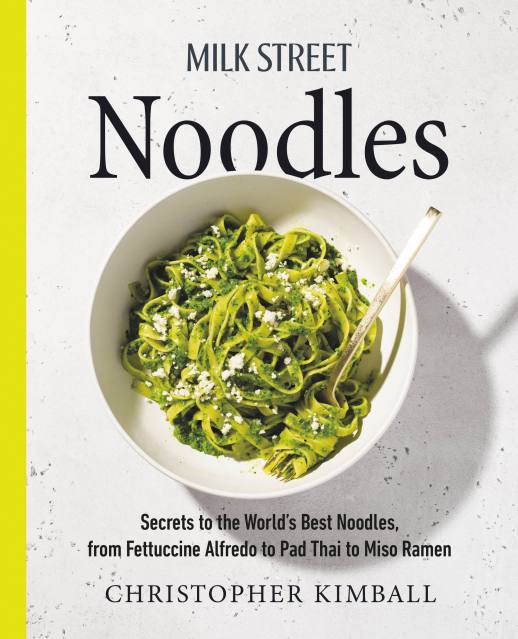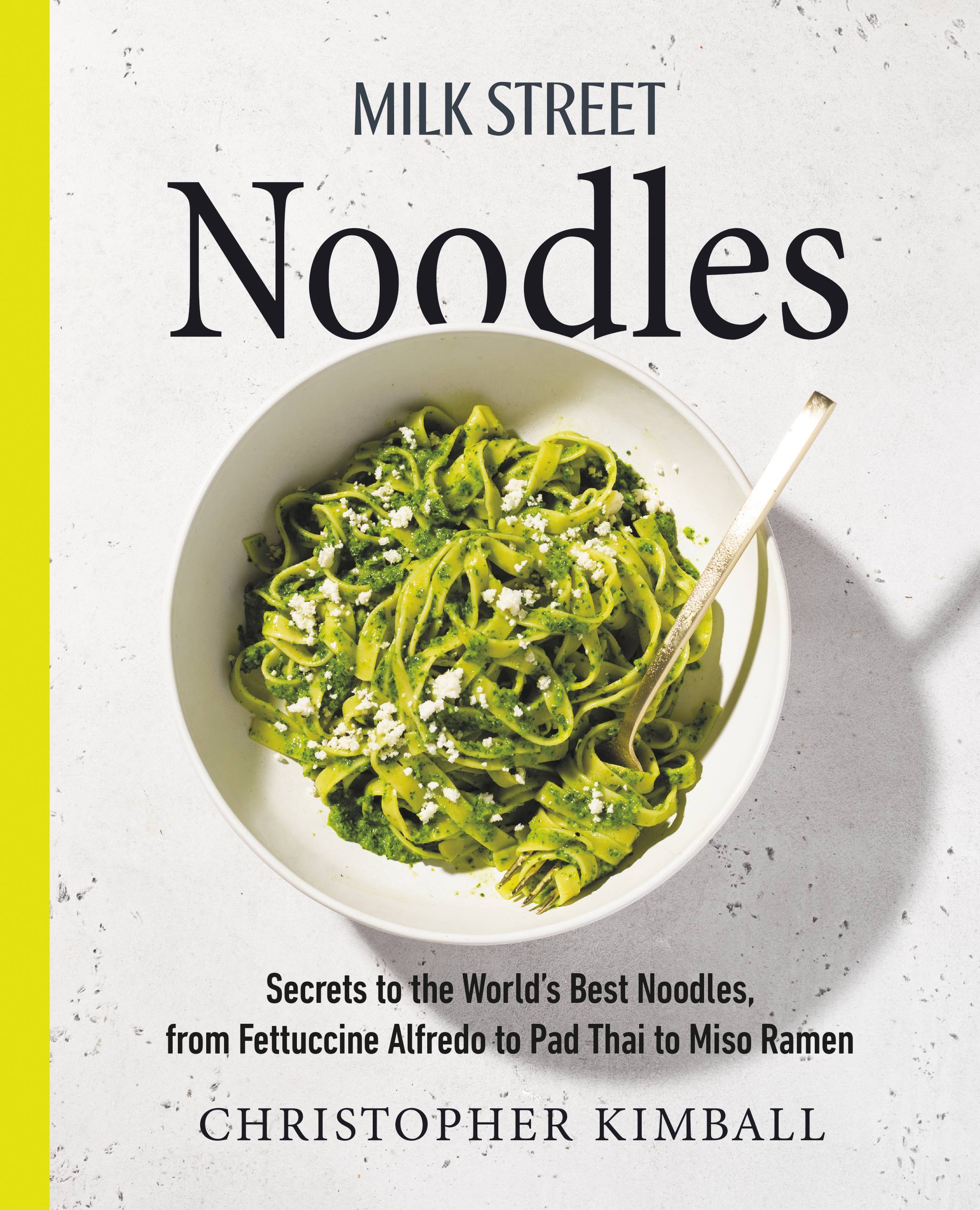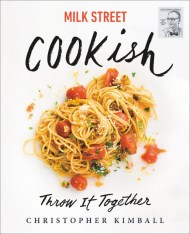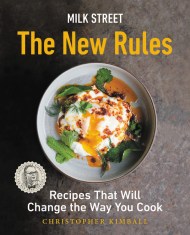Promotion
Use code BEST25 for 25% off storewide. Make sure to order by 11:59am, 12/12 for holiday delivery!
By clicking “Accept,” you agree to the use of cookies and similar technologies on your device as set forth in our Cookie Policy and our Privacy Policy. Please note that certain cookies are essential for this website to function properly and do not require user consent to be deployed.
Milk Street Noodles
Secrets to the World’s Best Noodles, from Fettuccine Alfredo to Pad Thai to Miso Ramen
Contributors
Formats and Prices
- On Sale
- Apr 25, 2023
- Page Count
- 304 pages
- Publisher
- Voracious
- ISBN-13
- 9780316387767
Price
$35.00Price
$44.00 CADFormat
Format:
- Hardcover $35.00 $44.00 CAD
- ebook $16.99 $21.99 CAD
This item is a preorder. Your payment method will be charged immediately, and the product is expected to ship on or around April 25, 2023. This date is subject to change due to shipping delays beyond our control.
Buy from Other Retailers:
Nearly every culture serves some sort of noodle, from fettuccine, ramen and spaetzle, to lo mein, gnocchi and udon. So we traveled the world to learn the secrets to the best pad Thai, Italian ragu, spicy North African couscous and buttery Turkish noodles flecked with feta.
- In Italy, we were taught the real fettuccine Alfredo—so much lighter, simpler and more satisfying than what we knew.
- In Sapporo, Japan, we learned how to develop the deep umami flavors of miso ramen with minimal time and effort.
- And from Ho Chi Minh City to Lima, we learned the art of the quick noodle stir-fry, from Vietnamese shrimp noodles to Peruvian chicken and pasta
We include guides to using the noodles you have on hand, and show how to make classic noodles from scratch—from homemade udon and hand-cut wheat noodles to fresh egg pasta, orecchiette and potato gnocchi.
What’s for dinner? Use your noodle.
Genre:
-
"In-depth and well-photographed"Florence Fabricant, New York Times
-
"[The recipes are] easily within any home cook's reach and equipped with just enough cultural context to make you feel rewarded in the mind as well as the belly... Each demonstrates how the possibilities for innovation are endless, once you know where to start."Atlanta Journal Constitution
Newsletter Signup
By clicking ‘Sign Up,’ I acknowledge that I have read and agree to Hachette Book Group’s Privacy Policy and Terms of Use







